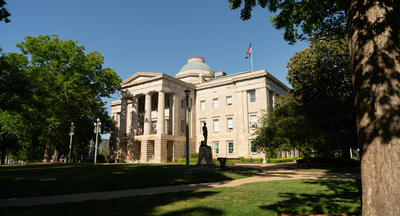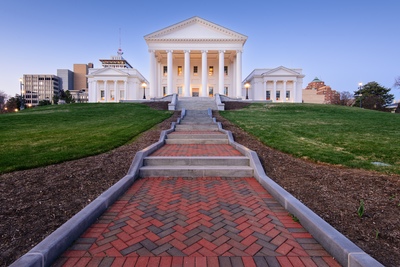
State Government Affairs, Elections & Campaigns
How Lieutenant Governors Are Selected (And Why It Matters)
December 10, 2025 | Bill Kramer
January 18, 2017 | Bill Kramer
Now that the dust has settled on 5,923 state legislative and twelve gubernatorial elections, we take a look at what the political makeup of the states will be when state legislatures gavel into session next month.
Next year, Republicans will have complete control of 25 state governments — both houses of the legislature and the governorship — up from 23 states in 2016. Democrats, on the other hand, lost the governor’s race in Vermont, and now control only six states.
On November 8, voters gave Republicans control of the Kentucky House of Representatives for the first time in nearly a century, elected Eric Greitens (R) to replace term-limited Governor Nixon (D) in Missouri, and will replace Governor Hassan (D) with Chris Sununu (R), providing the New Hampshire GOP the governor’s mansion for the first time in over a decade.
 (1).png)
The GOP expanded its control of state governorships on November 8, flipping the governor’s mansions in Missouri, New Hampshire and Vermont. Democrats wrestled away complete GOP control in North Carolina after Roy Cooper (D) narrowly defeated incumbent Governor Pat McCrory (R). In 2017, there will be 33 Republican governors and only 16 Democratic governors (plus Independent Governor Bill Walker in Alaska).
In state legislatures, the GOP took control of the upper chambers in Minnesota, Iowa, and the lower chamber in Kentucky, while Democrats flipped both chambers in Nevada, and the lower chamber in New Mexico. Republicans also split partisan control of the Connecticut and Delaware Senate (where tie breaking Lt. Governors are Democrats). The animation below illustrates the shifts in partisan control from 2016 to 2017.

With an eye towards redistricting in 2020, note that only three governors — all Democrats — were term limited this year, but 17 governors — 15 of which are Republicans — are term limited in 2017 and 2018. It is the winners of those elections that will shape redistricting after the 2020 census.
.png)

December 10, 2025 | Bill Kramer
-238a17-400px.jpg)
December 10, 2025 | Bill Kramer

November 5, 2025 | Bill Kramer